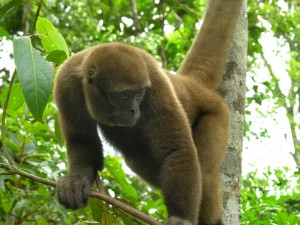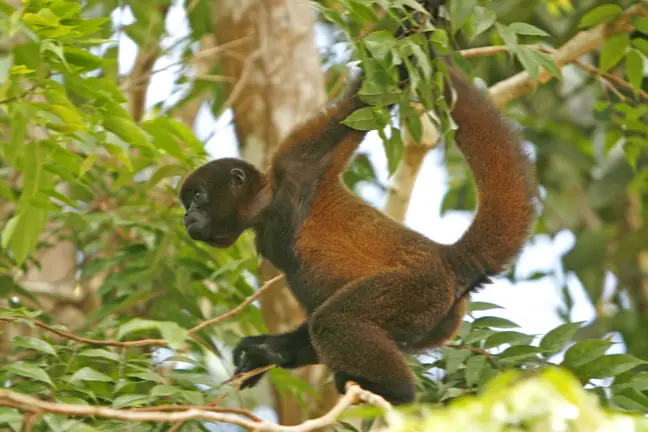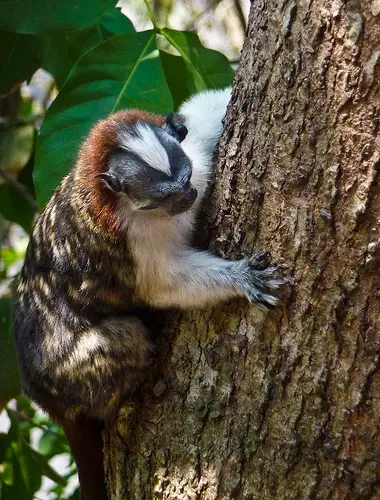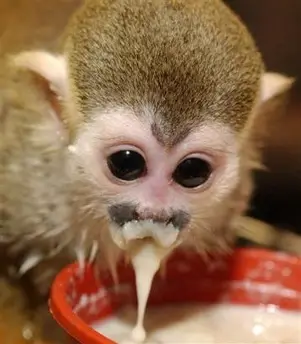Humboldt’s Woolly Monkey
The Brown Woolly Monkey or Humboldt’s Woolly Monkey is one of the largest South American primates. It is a heavy but agile animal and has adapted well to live in the high leafages of the jungle.
The Humboldt’s Woolly monkey is massive but very dexterous ape that inhabits jungle in a part of South America. This mammal lives high up in the trees, up to 35 meters (115 ft) high. The animal jumps from a tree to a tree usually downwards. The Woolly Monkey occasionally descends to ground where it usually runs on two feet. As the name suggests the primate is rich in fur so it takes it a lot of time to look after it. The female monkeys usually weigh up to 8kg (18 lb) and male monkeys up to 11kg (24 lb). The fur is dark, however the baby apes are born with a lighter fur that darkens over time. The apes on average live up to 25 years, reaching sexual maturity at 6 years (males) or 11 years (females).
As Brown Woolly Monkeys are big they have to eat a lot, more than most of the other apes that live in the same area. In the jungle, these monkeys have quite a diverse diet. They eat leaves, fruit, seeds, fern, flowers, nectar and sometimes also maggots. There usually are up to 60 specimens in a group, that’s why the food gathering can expand pretty far from the ‘base tree’. When gathering food the monkeys usually divide in subgroups.
As the domains of the Woolly Monkey often overlap, the animals often meet and the herds mix. It has also been observed for monkeys of other species to follow and live with groups of Humblodt’s Woolly Monkeys.
The woolly monkeys can breed at any season, although they prefer the dry periods. An interesting fact is that for this species the females are the ones to search for a partner. The pregnancy usually lasts 7-8 months and in most cases a single baby ape is born. The mother then licks him clean and bites the navel cord. The baby ape usually spends the first couple of weeks grabbed on to mother’s stomach fur. After that the baby apes usually spend almost a year sitting and holding on to their mothers’ backs.
Unfortunately Humboldt’s Woolly Monkeys are not very afraid of humans and feel quite safe sitting on the branches. Interestingly those mammals have their own alarm systems. Squirrel Monkeys or Saimiri make loud noises when a threat appears. Humboldt’s Woolly Monkeys often rely on this alarm to find out about danger, then they quietly wait on the branch and if necessary disappear in thick leafages. If the primates are endangered by a poacher they throw sticks and nuts at the poachers. The males also growl and bark at the threat.




